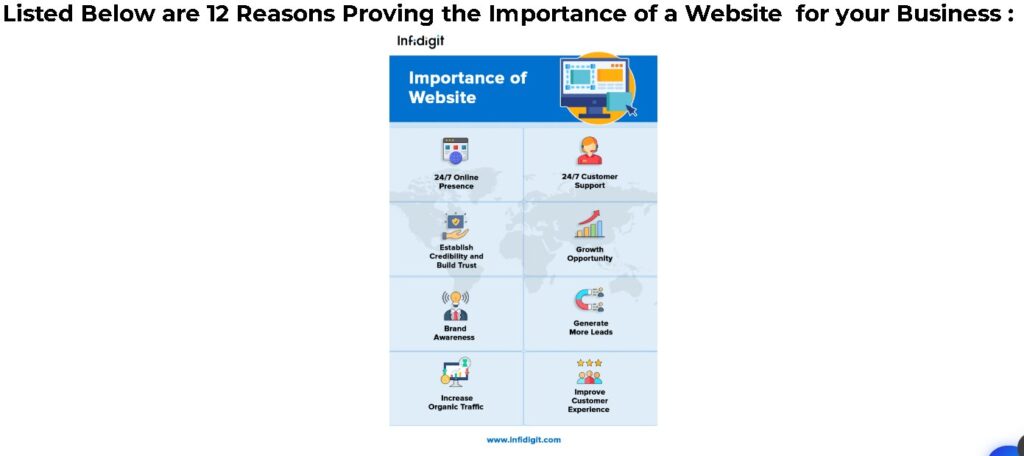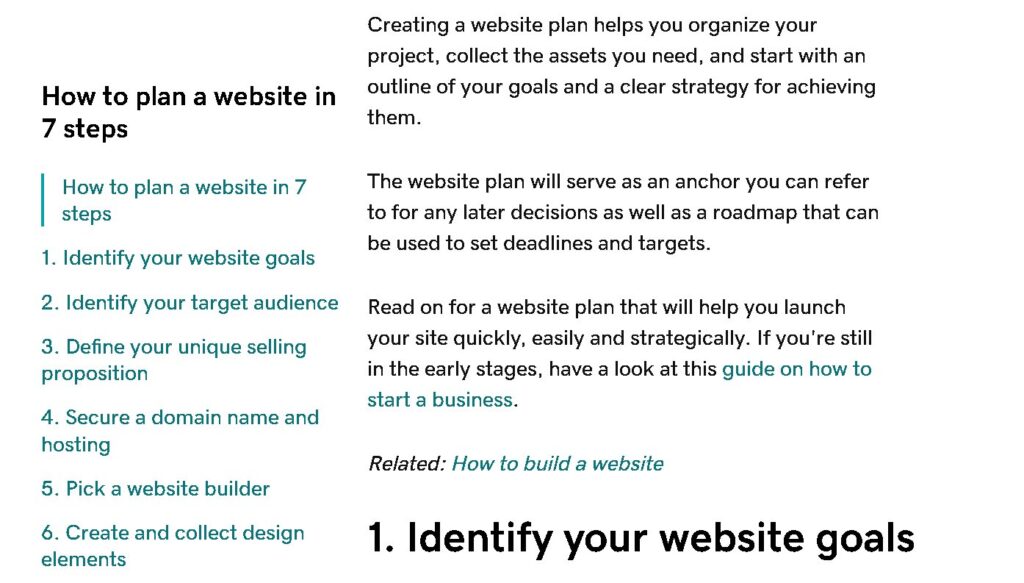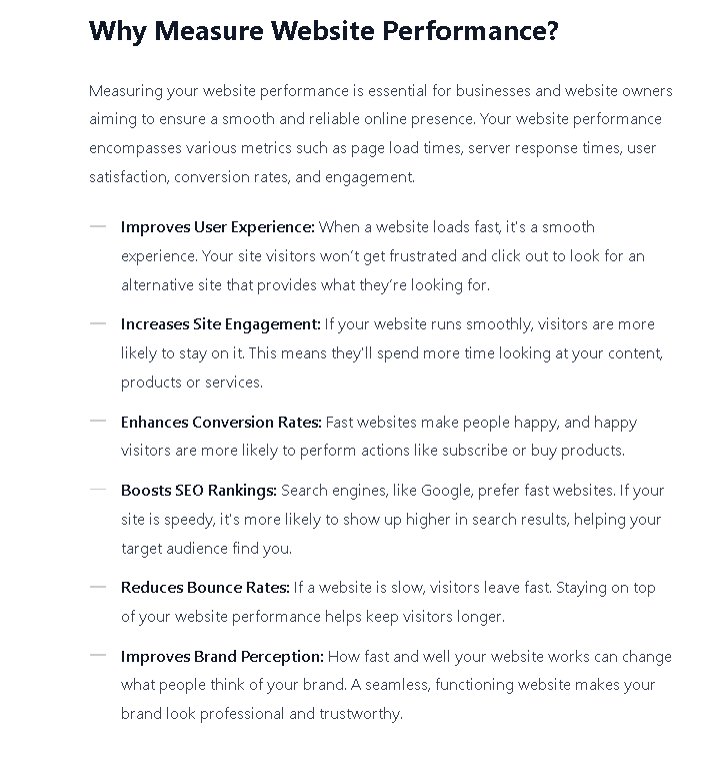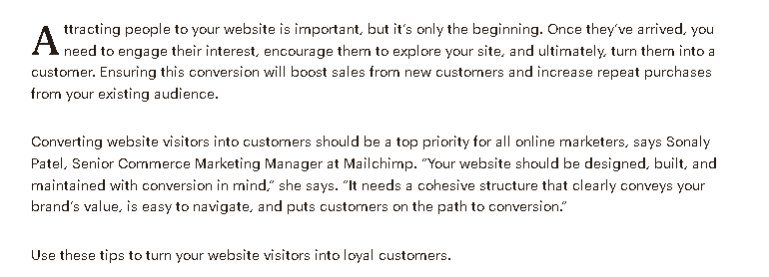
Entrepreneurs are increasingly turning to the world of home businesses as a way to pursue their passion and gain financial independence. IT is time to learn the secrets to building a home business with a stellar website which requires perseverance, dedication, and a strong foundation.

One key element that can make or break the success of a home business is a website. In fact, building a home business with a great website has become vital in order to maximize success. A well-designed and user-friendly website not only serves as a virtual storefront, but it also establishes credibility and allows you to reach a wider audience. In this article, we will explore the importance of building a home business with a stellar website and provide you with valuable tips and insights on how to create a website that can propel your business to new heights.
Why A Great Website Is Essential For building A Home Business That Is Success In 2024
In today’s digital age, having a great website is crucial for the success of any home business. With more and more people turning to the internet for their shopping and service needs, a well-designed and functional website can give your home business a competitive edge. Building a home business with a great website not only allows you to reach a broader audience but also establishes credibility and professionalism.
First and foremost, a great website helps you to widen your customer base. By having an online presence, you can reach potential customers from all around the world, not just your local area. With the internet’s vast reach, you have the opportunity to tap into new markets and expand your business beyond your wildest dreams. A great website acts as a virtual storefront, open 24/7, showcasing your products or services to an unlimited number of potential customers.

Secondly, a well-designed website helps establish credibility and professionalism. In today’s digital world, consumers place great importance on a business’s online presence. A poorly designed or outdated website can be an instant turnoff for potential customers. On the contrary, a visually appealing and user-friendly website conveys a sense of trust and expertise. It shows that you take your home business seriously and are willing to invest time and effort into providing the best possible experience for your customers.
Moreover, a great website allows you to showcase your products or services effectively. Through high-quality images, informative product descriptions, and customer testimonials, you can effectively communicate the value and benefits of what you have to offer. A well-structured website that is easy to navigate ensures that potential customers can find what they are looking for quickly and effortlessly. By providing a seamless user experience, you increase the chances of converting visitors into paying customers.
In conclusion, building a home business with a great website is an essential step towards success in today’s digital world. It allows you to reach a wider audience, establish credibility, and effectively showcase your products or services. Remember, your website is a reflection of your home business, so invest in creating a visually appealing, user-friendly, and informative online presence. With a great website, you can take your home business to new heights and unlock its full potential.
Planning Your Website: Key Steps for Success In Building A Home Business

Having a well-designed and user-friendly website is crucial for any business, especially for those building a home business. A great website serves as a virtual storefront, showcasing your products or services and attracting potential customers. However, planning and building a successful website requires careful consideration and strategic thinking. Here are some key steps to help you plan your website and set yourself up for success.
First and foremost, define the purpose and goals of your website. Determine what you want to achieve by having an online presence. Are you looking to sell products directly through your website? Or do you want to generate leads and drive traffic to your physical store? Clearly identifying your goals will help you make informed decisions throughout the planning process and ensure that your website aligns with your business objectives.
Next, consider your target audience and tailor your website to meet their needs. Research and understand your customers’ preferences, demographics, and online behavior. This information will guide you in creating a website layout, content, and features that resonate with your target audience. Remember, a great website is not just visually appealing but also provides a seamless user experience.
Once you have a clear objective and target audience in mind, it’s time to design your website. Whether you choose to hire a professional web designer or utilize website builders, make sure to prioritize simplicity and functionality. A cluttered and complicated website can turn off visitors and hinder your chances of converting them into customers. Focus on creating a clean, intuitive, and mobile-responsive design that reflects your brand identity.
In conclusion, building a home business with a great website requires thoughtful planning and execution. By defining your goals, understanding your target audience, and designing a user-friendly website, you set yourself up for success in the online marketplace. Remember, your website is a reflection of your business, so invest time and effort into making it exceptional. With a well-planned website, you can attract customers, improve your online presence, and ultimately drive the success of your home business.
Designing a Website that Attracts and Engages Customers In Building A Home Business

Having a great website is essential for building a successful home business. A well-designed and attractive website not only grabs the attention of potential customers but also engages them, increasing the chances of converting them into loyal clients. So, how can you design a website that not only attracts but also captivates visitors?
First and foremost, it is crucial to have clear and concise messaging on your website. Your website should clearly communicate what your business is all about, what products or services you offer, and what makes you unique. Use compelling headlines and concise copy to grab the attention of visitors and keep them engaged.
Secondly, pay careful attention to the visual design of your website. Choose a clean and modern layout that is visually appealing and easy to navigate. Use high-quality images and videos that showcase your products or services in the best possible light. Incorporate your brand colors and typography consistently throughout the website to create a cohesive and professional look.
Additionally, make sure your website is mobile-friendly. With the majority of internet users accessing the web through their smartphones, it is crucial to have a responsive design that adapts to different screen sizes. A mobile-friendly website ensures that visitors have a seamless and enjoyable browsing experience, regardless of the device they are using.
Lastly, regularly update your website with fresh content to keep visitors coming back for more. A blog section is a great way to showcase your expertise, share valuable information, and engage with your audience. Regularly posting informative and engaging content helps establish your credibility and position your business as a thought leader in your industry.
Building a home business with a great website is key to attracting and engaging customers. By focusing on clear messaging, appealing design, mobile-friendliness, and fresh content, you can create a website that not only grabs attention but also keeps visitors hooked. Remember, your website is often the first impression potential customers have of your business, so invest time and effort into designing a website that truly represents the essence of your brand.
Crafting Compelling Content for Your Home Business Website
A great website is essential for any home business. It not only serves as an online storefront but also as a powerful marketing tool. However, simply having a website is not enough; you need to craft compelling content that engages your audience and drives them to take action.
The first step in building a home business with a great website is understanding your target audience. Who are they? What are their needs and pain points? By knowing your audience, you can tailor your content to address their specific concerns and offer solutions. This will help establish your credibility and build trust with potential customers.
Next, focus on creating valuable and informative content. Share your expertise, provide tips and advice, and offer insights that are relevant to your niche. By doing so, you’ll position yourself as an authority in your field, and visitors to your website will see the value you provide. Remember to keep the content concise, clear, and easy to read. Break it up into sections, use subheadings, and incorporate bullet points to make it more visually appealing and skimmable.
Lastly, don’t forget the importance of incorporating a call-to-action in your content. Whether it’s encouraging visitors to sign up for a newsletter, make a purchase, or schedule a consultation, a clear and compelling call-to-action can significantly increase your conversion rates. Be sure to place these calls-to-action conspicuously throughout your website and make it easy for visitors to take the desired action.
Crafting compelling content for your home business website takes time and effort, but the results are worth it. By understanding your audience, sharing valuable information, and including persuasive calls-to-action, you’ll not only attract more visitors but also convert them into loyal customers. So, start building your home business with a great website and watch your success soar.
Optimizing Your Website for Search Engines and Rankings
In today’s digital age, having a strong online presence is essential for any business, especially for those building a home business. And one crucial aspect of establishing that presence is optimizing your website for search engines and rankings. By doing so, you can ensure your website is easily discoverable by potential customers, allowing you to increase your visibility and drive more traffic to your site.
To start optimizing your website, it’s important to focus on relevant keywords and phrases. Think about what your target audience would search for when looking for a business like yours. Incorporate these keywords naturally throughout your website’s content, including in your page titles, headings, and meta descriptions. This will make it easier for search engines to understand what your website is about and rank it accordingly.
Additionally, pay attention to your website’s loading speed. Slow-loading websites not only frustrate users but also receive lower rankings from search engines. Optimize your images and reduce unnecessary code to improve your site’s performance. Consider using a content delivery network (CDN) to distribute your website’s content across multiple servers, further enhancing its speed and accessibility.
Furthermore, ensure that your website is mobile-friendly. With more people accessing the internet through their smartphones and tablets, it’s crucial to have a responsive design that adapts to different devices. Search engines prioritize mobile-friendly websites and rank them higher in search results. So, make sure your text is easily readable, buttons and links are easily clickable, and images are properly sized on all screen sizes.
In conclusion, building a home business with a great website requires optimizing it for search engines and rankings. By focusing on relevant keywords, improving loading speed, and ensuring mobile-friendliness, you’ll be able to increase your website’s visibility and attract more organic traffic. Keep evolving and adapting your SEO strategies to stay ahead of the competition and reach new heights in your online business journey.
Incorporating E-commerce Features for Business Growth
In today’s digital age, it is crucial for businesses to keep up with the evolving trends in order to stay competitive and attract new customers. One of the most effective ways to do so is by incorporating e-commerce features into your business model. Building a home business with a great website is the first step towards success in the online marketplace.
Having an e-commerce platform allows you to reach a wider audience and tap into the growing online consumer base. With more and more people turning to the internet for their shopping needs, it is essential for businesses to have an online presence that is user-friendly and offers seamless shopping experiences.
By implementing features such as online product catalogs, secure payment gateways, and customizable shopping carts, you can provide your customers with a convenient and enjoyable shopping experience. Not only does this increase customer satisfaction, but it also encourages repeat purchases and helps build brand loyalty.
Furthermore, e-commerce features can also provide valuable insights into consumer behavior and purchasing patterns. Through the use of analytics tools, you can gather data on customer preferences, popular products, and sales trends. This information can then be used to optimize your marketing strategies and make informed business decisions to drive growth.
Incorporating e-commerce features into your business not only expands your reach but also boosts your sales potential. Whether you’re selling physical products or digital services, a well-designed website with e-commerce capabilities can significantly impact your bottom line. So, don’t miss out on the opportunities that the online marketplace offers and start building a home business with a great website today.
Leveraging Social Media to Drive Traffic to Your Website
In today’s digital age, social media has become a powerful tool for businesses to reach and engage with their target audience. One of the key benefits of leveraging social media is its ability to drive traffic to your website. Whether you are running an e-commerce store, a blog, or building a home business with a great website, utilizing social media platforms can significantly increase your online visibility and bring a steady stream of visitors to your site.
To start driving traffic to your website through social media, it’s crucial to first identify your target audience and determine which platforms they are most active on. By understanding their preferences and habits, you can tailor your social media approach accordingly. For instance, if your target audience consists of millennials, platforms like Instagram and TikTok may be more effective in reaching them, while LinkedIn might be more suitable for professionals in a specific industry.
Once you have chosen the appropriate platforms, it’s time to create engaging and valuable content that will attract your audience. Share useful blog posts, videos, images, or infographics that resonate with your target audience’s interests and needs. This will not only help you establish credibility and authority in your industry but also encourage users to click through to your website for more information or to make a purchase.
Lastly, don’t forget the power of social media advertising. Platforms like Facebook and Instagram offer robust targeting options that allow you to reach a highly specific audience. Through targeted ads, you can drive traffic directly to your website, increasing the chances of conversions and sales.
Leveraging social media to drive traffic to your website is a game-changer for businesses of all sizes. By understanding your target audience, creating valuable content, and utilizing social media advertising, you can unlock the potential of these platforms and experience a significant boost in website traffic, ultimately leading to the growth and success of your home business.
Analyzing and Monitoring Website Performance for Continued Success

In today’s digital age, having a great website is essential for building a successful home business. However, simply creating a website is not enough. It is equally important to continuously analyze and monitor its performance to ensure continued success.
Analyzing website performance involves closely examining various metrics such as traffic, bounce rate, conversion rate, and engagement. These metrics provide valuable insights into how well your website is performing and help you identify areas for improvement. By regularly analyzing these metrics, you can make data-driven decisions to optimize your website and enhance the user experience.
Monitoring website performance goes hand in hand with analyzing the data. It involves using tools like Google Analytics to track the performance of your website in real-time. Monitoring helps you identify any issues or errors that may arise, such as page loading speed or broken links. By promptly addressing these issues, you can ensure your website is functioning at its best and providing a seamless experience for your visitors.
Continued success with your home business relies on a high-performing website. By analyzing and monitoring your website’s performance, you can identify areas for improvement, track progress, and ensure a positive user experience. So, take the time to regularly analyze your website’s metrics and use monitoring tools to stay on top of any issues. Building a home business with a great website requires a commitment to ongoing improvement, and by doing so, you can achieve long-term success.
Implementing Strategies to Convert Website Visitors into Customers

In today’s digital age, having a great website is crucial for building a successful home business. However, a beautiful website alone is not enough. You must also implement effective strategies to convert your website visitors into customers. After all, the ultimate goal is to generate sales and grow your business.
One strategy to consider is optimizing your website for search engines. By utilizing keywords and creating high-quality content, you can increase your website’s visibility and attract more visitors. Once these visitors land on your site, it’s important to provide them with a seamless user experience. Ensure that your website is easy to navigate and loads quickly to minimize bounce rates and encourage visitors to stay and explore.
Another effective strategy is to capture your visitors’ contact information through lead generation tactics. Offering a valuable resource, such as a free e-book or a newsletter, encourages visitors to provide their email addresses. This allows you to build a database of potential customers that you can nurture through targeted email marketing campaigns.
Moreover, integrating social proof on your website can be a powerful tool in converting visitors into customers. Positive customer testimonials, reviews, and case studies can instill trust and credibility in your brand. Additionally, providing clear calls-to-action, such as “Buy Now” or “Sign Up Today,” makes it easy for visitors to take the next step towards becoming a customer.
In conclusion, building a home business with a great website is just the beginning. To convert website visitors into customers, you must implement effective strategies. By optimizing your website for search engines, capturing visitor information, incorporating social proof, and providing clear calls-to-action, you can successfully convert visitors into loyal customers and achieve business growth. Read up on our article on using User-Centric Design Tips To Enhance Your Website Usability, to build a great website.
